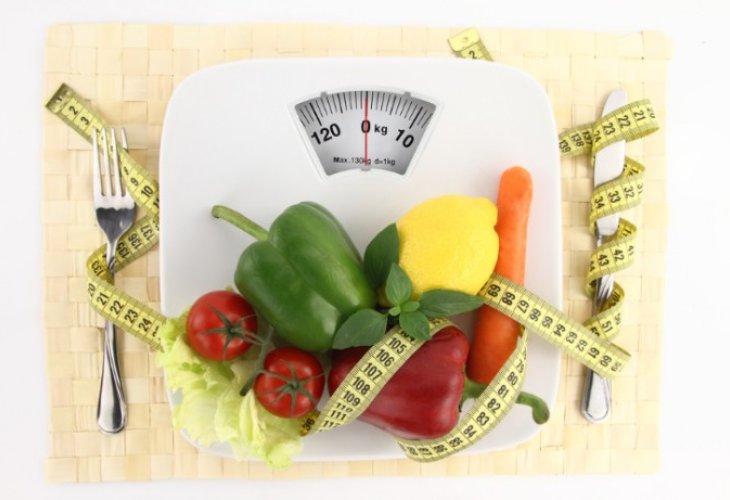Low Energy Density: The Diet That Won't Break You
A new diet method increases your chances of sticking to your diet without giving up. The secret: In this diet, you can eat everything, including pizza and desserts. All you need is to upgrade your food.
 (Photo: Shutterstock)
(Photo: Shutterstock)How many diets have you tried in your life? People with excess weight often feel hopeless about various diets and don't believe they can help them lose weight. The reason is usually quite simple: people need variety in their food, and sticking to classic diets that restrict food types or reduce food quantity can lead to a sense of boredom—how much salad can one person eat?
A new method gaining popularity was developed by Professor Barbara Rolls, a nutritionist from Penn State University. Her diet is called volumetrics, and she describes it as the ultimate diet because it doesn't feel like one, and you can eat everything. Sounds dreamy? Soon you'll understand how it works.
Professor Rolls's method is based on low energy density. According to research, she explains, people who are used to consuming a certain amount of food find it very difficult to reduce this quantity. Typically, overweight individuals need very large portions; they can't manage with small, meager portions. If they are asked to eat only half their usual portion, they would simply remain hungry, which of course, makes it impossible to maintain a diet for an extended period. When undertaking a diet, the goal should be to stick with it for a lifetime. People who start and stop diets repeatedly can harm their metabolism and general health due to their weight fluctuations. The low energy density diet is easy to follow and sustain, which is its big advantage.
So how does it work? Well, the idea is to eat the same amount you are used to in one meal, but decrease the energy density of the meal, in other words, the calorie count. How is this done? For example, instead of cooking plain white rice, cook rice with lots of vegetables. Then, eat the same amount of rice as you always have—except naturally, this amount now contains fewer calories, because it's not just rice, but also vegetables. This way, you can easily reduce the calories in a food portion by about 30%.
This method can be applied to any kind of food, even foods considered fattening or problematic. Pizza, for example, which is often taboo for those trying to lose weight, can also be eaten with this diet, but with a slight upgrade: a very thin crust and lots of vegetable toppings. The same amount of delicious, varied food—but with fewer calories.
Research by Professor Rolls shows that this method indeed positively impacts without affecting diners' enjoyment. In the study, people came to eat the same lunch daily—a pasta casserole with tomato sauce. On some days, participants received a full, regular casserole, and on other days, it was prepared with more tomato sauce and less pasta, without the participants knowing. Some meals had 12% fewer calories, and some had 24% fewer. The participants didn't notice any difference between the casseroles. They ate the same amount of casserole daily, from all types, and reported that they were all equally tasty and satisfying. This shows that it's possible to easily reduce calorie content without affecting taste or enjoyment, nor the amount consumed.
Professor Rolls recommends finding various ways to maintain low energy density. For instance, children who refuse additions on their pizza might more easily agree to "bite-bite"—a bite of pizza followed by a bite of cucumber, pepper, or vegetable salad. This helps acclimate them to eating vegetables without compromising the foods they love. Rolls also emphasizes that in this diet, one can and should eat everything they are used to—even desserts—just ensure the energy density is reduced. For example, she suggests adding apple cubes or small berries to a pancake mix to lower its energy density.
The tendency of other diet methods to restrict eating desserts and sweet foods is, in Professor Rolls's opinion, ineffective. She argues that the desire to eat something sweet is innate, and when it's forcibly restrained, it tends to explode, causing double or more consumption after a diet period, which is even less healthy. She recommends getting used to a sustainable diet over time, thus permanently changing eating habits. Regarding desserts, she advises making them at home with fruit combinations that reduce their energy density, or pairing cake/cookies/chocolate with fruit to get a dessert portion of the same size but with lower energy density.

